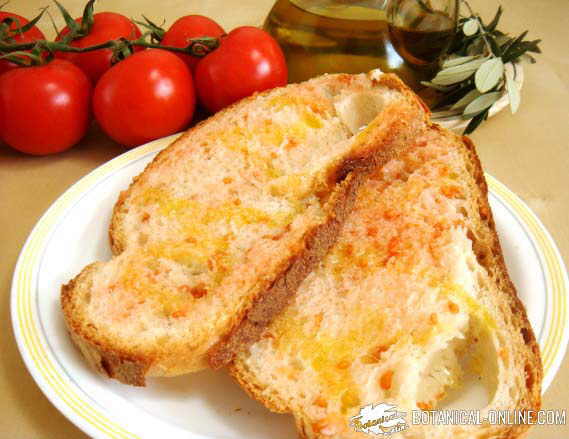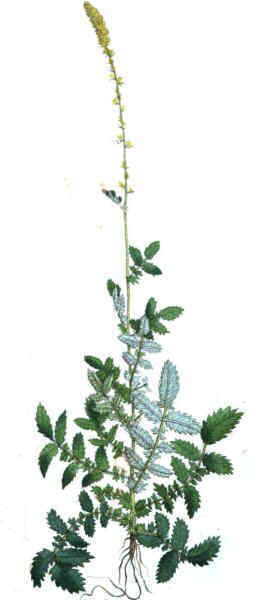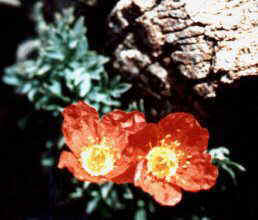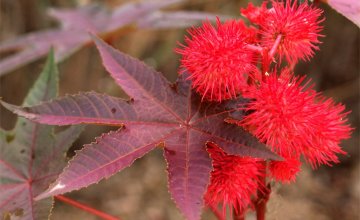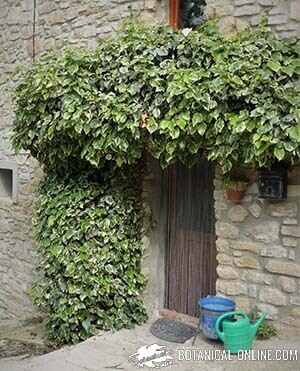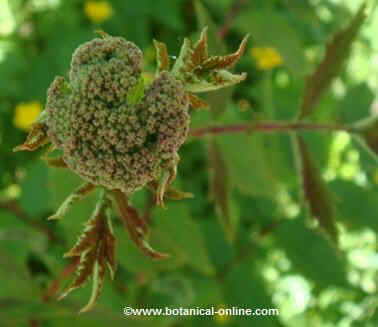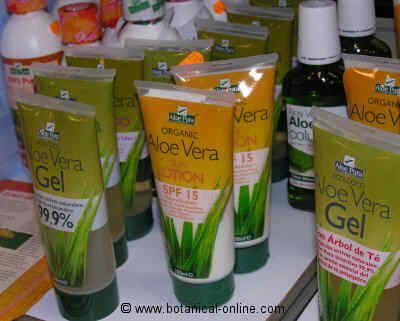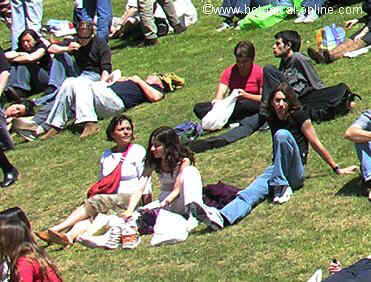Contents
What is a sunflower
Common Name: Sunflower. Its common name refers to its peculiarity of being heliotropic, that’s to say, its ability to orient itself to the solar star, and follow it in its diurnal course.
Scientific name: Helianthus annuus L. The scientific name comes from Greek and it is composed of the words Heli from helios (= sun) and anthus from anthos (= flower) meaning “flower of the sun.”
Family: Compositae
Habitat. It is a herbaceous plant native to North America, and later brought to Mexico and Peru.
Native from North America, the history of the sunflower plant is extraordinary, for he has traveled thousands of kilometers from its discovery to its exportation, to be marketed in Russia, and its return to its original habitat years later. Currently its cultivation as food and ornamental plant is widespread in many temperate regions, among which Peru, Argentina, Bolivia, Mexico, Russia, France, Spain and China.
Sunflowers grow on dry, sunny places, because their roots can explore deeper soil layers.
Sunflower description
It is an annual plant of large proportions, which can reach over 3 meters high. It is a plant with few branches and the stem is thick, erect and massive.
It has deep roots formed by a main taproot and abundant secondary roots.
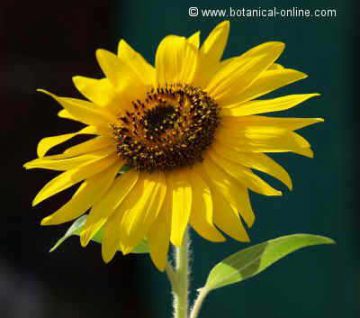
Its leaves, between 5 and 30 cm long and half as wide, are large, oval, discreetly toothed, petiolated, with three main veins and rough to the touch. The upper leaves are alternate and lower ones opposite.
The inflorescence, also known as floral head, is large, 10 to 30cm in diameter and consists of hundreds of tiny tubular flowers.
In the outer section we can find the ligulas or external infertile flowers in one or two rows that look like petals. These flowers, on display from summer to fall, are golden yellow and have no direct reproductive function, but they serve as attraction for insects, which help the plant in the process of pollination.
The fertilized flowers develop into its receptacle – in provision similar to honeycomb – one of the oleaginous fruits most popular in the world: the “sunflower seeds”. they are angular achenes, 8-15 mm long, ovoid, flattened, with pericarp (or outer covering) shiny black, white or striated, depending on variety.
When the plant is fertilized, when ripe, its floral head contains between 250 and 1500 achenes, depending on its size and the number of floral head that the plant has. In plants with only one inflorescence, the seed quantity is larger, while in poly-flowered plants there are less seeds.
The back of the flower head is made up of a series of green bracts, like the stem.
The floral head presents heliotropic movement which is produced by the twisting the stem in a process that is called nutation. At dusk, the stem returns slowly to its upright position.
At the maturity of the sunflower plant, that’s to say, when it does not produce more seeds (from 35-40 days after flowering), the back of the flower head is yellow and its bracts become brown.
Sunflower components
- Carbohydrates: fructose, glucose. Its total content is 17.6 g per 100g.
- Fats: mainly concentrated in the fruit. Currently there are varieties that reach 50% oil. We must point out its lecithin content. (See sunflower oil in the listing below).
- Proteins: Specially important its contribution in amino acids: histidine (seed), cysteine (seed), leucine (seed), tryptophan (seed), phenylalanine and methionine (seed).
- Fiber: pectin (stem and flower).
- Minerals: Potassium highlights his contribution (high in stem and leaves), Phosphorus, Calcium, Iron, Magnesium and Zinc.
- Vitamins: Vitamin E, Thiamin, Riboflavin, Niacin.
- Acids: caffeic acid (seed), fumaric acid (leaves).
- Flavonoids: quercetin (leaves)
- Menthol (oil). Interestingly, the plant contains more menthol than peppermint (Mentha piperita L.).
Main components of sunflower seeds
| Composition table of sunflower per 100 g* | |
| Nutrient | Amount |
| Calories (Kcal) | 560,00 |
| Carbohydrates (g) | 17,60 |
| Proteins (g) | 24,00 |
| Fat (g) | 25-50* |
| Fiber (g) | 3,80 |
| Vitamin E (mg) | 40,00 |
| Vitamin A (UI) (mg) | <10 |
| Thiamin (Vitamin B1) (mg) | 1,96 |
| Riboflavin (Vitamin B2) (mg) | 0,23 |
| Niacin (Vitamin B3) (mg) | 5,40 |
| Calcium (mg) | 120,00 |
| Phosphorus (mg) | 837,00 |
| Iron (mg) | 7,10 |
| Sodium (mg) | 30,00 |
| Potassium (mg) | 920,00 |
| Magnesium (mg) | 366,00 |
| Zinc (mg) | 4,90 |
| * The percentage of oil, which is found mainly in the seed depends on the variety of sunflower. In Russia there are varieties that reach 50% oil. | |
Sunflower as food
Mainly, the parts used for human consumption are the seeds of this plant or sunflower seeds and sunflower oil, extracted from the seeds.
The consumption of sunflower seeds and their medicinal properties have been investigated, studied and marketed worldwide. However, the sunflower stem is also edible -young shoots and higher, before flowering, the leaves and petals.
It is very important to point out that currently sunflowers are grown for their fruit consumption, and if you want to use other parts of these plants, make sure they have not been subjected to fumigation or chemical treatments, so their intake can be toxic for consumption human.
We find gastronomic traces in Native Americans, who knew and roasted sunflower seeds and grounded them to make preparations such as soups and breads. Sunflower leaves are used as ingredients in cooking, and, as written by John Gerard, stem was cooked and ate boiled with butter, vinegar and pepper.
The leaves can be prepared in infusion. (Boil 50g of dried leaves for 12 minutes and shred it in 1 liter of water. Let stand for 30 minutes. Serve with honey. From this infusion, we can extract potassium, magnesium and flavonoids.
The petals of this flower can be eaten in salads and tea. To prepare the tea, over 40g of dried petals, must be poured in 1 liter of boiling water, let stand 15 minutes and strain. If you want to eat them raw in salads, wash them previously and ensure that its cultivation has been free of pesticides.
Allowing seeds to germinate as with other grains, cut the sprouts after seven days of germination and eat them raw in salads. The sunflower seed sprouts are rich in vitamin A, thiamine, riboflavin, niacin, vitamin C, potassium, iron, magnesium and protein.
Sunflower Toxicity
No toxic effects of eating sunflower seeds or sunflower oil has been found, even in pregnant or lactating women.
Products which are obtained from sunflower plant
- Sunflower seeds. It markets its oleaginous fruit for human consumption. (More information in the listing below)
- Sunflower oil. Sunflower oil is obtained by pressing sunflower seeds. The industrial yield of sunflower achenes depends on several factors, but it is estimated that 1 ton of seed will deliver about 50% oil; around 420kg will be obtained from that amount of sunflower seeds.
This oil is sold in supermarkets and cooperatives, or used in the food industry itself mostly to make mayonnaise, margarine, bread, pastry dough and fried food,.
- Protein meals. It is the portion of the seed resulting from the extraction of oil. This product consists primarily of proteins, and it also contains fat, fibers and minerals. Once compacted, It is marketed under the name “pellet”, and it is used for animal feed.
- Neutralization feces: Coming from the neutralization step of the free acidity of unrefined crude oil-, They mainly consist of soaps, neutral oil and water. They are sold as they are, or they are added as the fatty material to pellets. They can also can be used for olein or fatty acids.
- Olein. It is the fat from neutralization feces. Stands for acid oil when its acidity is equal to or above 50%.
- Deodorization distillates. It is the material recovered from deodorizers by condensing of substances by means of steam. From there you get tocopherols and sterols, chemicals appreciated in the pharmaceutical and food industries.
- Peel. It is the external part of the seed or pericarp. It is intended as fuel boilers. Also used in beds chickens. It is not suitable for human food because of its high content of hard lignin and silica.
Sunflowers cultivated varieties
The genus Helianthus comprises nearly 70 species of annual and perennial plants, all native to America and with similar characteristics. They are classified according to quality for forage or oil. Forage varieties present deciduous and thin stems, while plants for the extraction of oil are less branched, usually with one large floral section. Some varieties and subspecies are:
- Helianthus annuus L. var: ‘Autumn Beauty’: plant size less than 1.5 m., With flowers of 15 cm, mahogany, sulfur yellow, bronze or brownish red.
- Helianthus annuus L. var: ‘Teddy Bear’: less than 0.9m with bright yellow flowers till 12cm.
- Helianthus annuus L. var: ‘Russian Giant’: size greater than 3.5 m grown to market because of its big seeds.
- Helianthus annuus L. var: ‘Holiday’: branched plant.
- Helianthus annuus L. var: ‘Italian White’: black and white petals.
- Helianthus annuus L. var: ‘Velvet Queen’: 12cm flowers, brown.
- Helianthus annuus L. var: ‘Terciopelo Queen’: with maroon flowers.
- Helianthus annuus L. var: ‘Sunspot’, measuring 60cm in height, flowers 25cm in diameter.
- Helianthus annuus L. var ‘Peredovik’: variety intended for oil extraction.
- Helianthus annuus L. var: ‘Progress’: for oil.
- Helianthus annuus L. var ‘Rostov’: for oil.
- Helianthus annuus L. var: lenticularis (Douglas ex Lindl.) Steyerm.
- Helianthus annuus L. var: macrocarpus (DC.) Cockerell.
Other species of sunflowers
- Helianthus annuus L. var: texanus (Heiser) Shinners.
- Helianthus decapetalus: leaves very fine.
- Helianthus maximilianii: Known as “Maximilian sunflower”.
- Helianthus x multiflorus: known as “Gand Triomphie of” The Triumph of Ghent.
- Helianthus salicifolius
- Helianthus tuberosus: its common name is “Jerusalem artichoke”. As its scientific name indicates, its roots are tuberous and are suitable for human consumption.
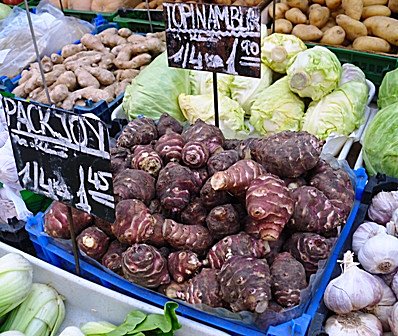
In the picture: Jerusalem artichoke (Helianthus tuberosus) as sold in the market Naschmarkt, Vienna.
![]() More information on sunflower.
More information on sunflower.

